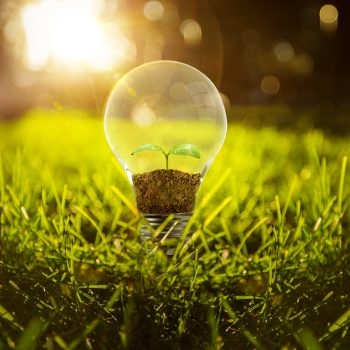This is the ability of a material to be degraded by the natural processes of nature. For example, paper is a non degradation material because it cannot disintegrate naturally. Paper can break down after being used, however, this is usually only a minor problem. But, if the paper gets wet, such as when it rains, there is no way to dry it out. This means that the water will eventually evaporate and the remaining paper will become a permanent part of our environment. Another example is plastic. Plastic is also non degrading because all the plastic is created from the same raw material (plastic) and therefore, once it becomes saturated with water, any further additions would destroy the original plastic structure.
Other questions related to non-degradable pollutants
Which is non degradable?
There are two types of non -degradable materials; non biorenewable and non bio-degrading. A non biological material is defined by the fact that it cannot degrade naturally. This means that the waste material cannot break down into anything useful. However, this does mean that there are some materials that can only be degraded by certain enzymes. For example, plastic is considered non biologically degrating. But, plastics are not biologically degrading. They are simply non chemically deforming. And, there is no way to determine what chemical reaction will occur when a plastic becomes a non degrading material once it has degraded. So, we can say that plastic can become non degradation after it breaks down.
Is Salt a non degradable pollutants?
Salt is a mineral that exists in nature. Salt has no chemical structure, therefore it can‘t be broken down by any natural processes. When we speak about salt being a pollutant, we mean that salt is mainly used in agriculture and industry. So salt can only be used as fertilizers and pesticides. But salt isn“t a degrader. As a salt crystal, salt has a very small surface area, which means that it has very little ability to absorb water. This means when salt crystals dissolve in water, there is always a loss of energy. That is why salt becomes a heavy metal. Because salt contains a large amount of sodium ions, this causes the salt to become a toxic substance.
Why is non degradable?
A Non -biodegrable Material can Be defined As a Type of Material which Cannot be Broken down By Natural Organisms and Serve as Source of Pollution. They Are the Chief Causes of Air, Water And Soil Pollutions and Diseases Like Cancer.. …They are also the principal cause of soil erosion and the destruction of forests. For example, in China alone, over 1.5 million square kilometers of forest land is lost annually due mainly to deforestation. There are many other examples of deforestation and degradation of land and water resources worldwide.
What are the two classes of degradable pollutants?
Bio -degraded Pollution- Pollutes which do not decomposes naturally eg municipal sewage 2. Non bio-degradables Pollutions which decomples slowly ie. pesticides & herbicide3. What is the difference between a pesticide and a herbicid? A pesticide is a chemical substance used to kill pests, while a Herbicide is used for weed control. 4. How does a vegetable grow? Vegetables grow by means of photosynthesis. 5.
Why plastic is non degradable?
Plastic is almost indelible, which means that it would be impossible for bacteria to break it down unless it were broken into smaller pieces. This is why most plastics are non-degradable. They are almost impossible (or impossible) to degrade. Many plastics used in consumer goods are also made from PET, making them even more indetectable than those made out of glass. Because of this, plastic products are often packaged in clear plastic bags, leading to all sorts of problems when the plastic bag is opened. Also, many plastics do not break down easily, causing them to become more difficult to recycle.
Are degradable bags good?
Plastic bags claimed to degrade in nature were actually intact when they were exposed for three year period. This means that the bags had no chance to become toxic. But the compostables bag did fare better in terms of degradation. So, perhaps the bioregulable plastic bags are better. They are bioresorbable and will break down in soil. That is why they are called compostible. Also, since the bag is bioplastic, which is a mixture of plastic and paper, this means there is no need to add any chemicals to make it biobased. Thus, bioplastics are much safer than biotans.
Can you compost degradable bags?
You can compost plastic bags marked “industrial compostables”, which are not designed for home use. They should instead be left out in their original packaging. This will make them easier to dispose of. If you are using these bags for compost, you should place them in your compost bin after turning them inside out. Then, when you turn them back inside, put them away in containers. Do not compost any plastic bag marked with the word ‘industrial‟. Instead, keep them out of your home unless you plan to use them for industrial purposes. For more information on industrial vs. compostability, see our article on compost. Also, check out the guide to compost bins.
What is the difference between degradable and biodegradable?
Biodegradation means it cannot be easily broken apart by bacteria or fungi. Degradation refers to breaking down the polymer chains. This is what happens when you take a plastic and melt it. For example, when a bottle of water is poured into a glass of ice cubes, all the water will be dissolved into the ice cube. If you put the bottle back in their original container, there will only be a small amount of liquid left. But if the bottles were empty, no matter what kind of bottle you use, every drop of liquids will dissolve into ice. So, if something is bioplastic, meaning it breaks down easier than regular plastic, we say it has biostability.












